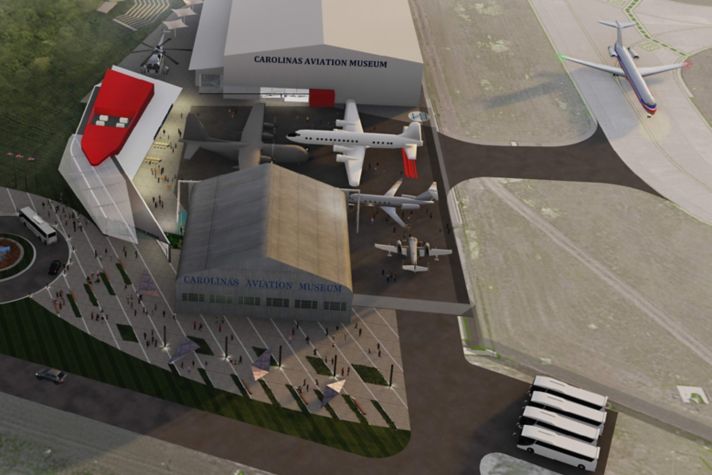-
Global
-
Africa
-
Asia Pacific
-
Europe
-
Latin America
-
Middle East
-
North America
- |
- BUSINESSES
- |
- Contact
- |
-
Global
-
Africa
-
Asia Pacific
-
Europe
-
Latin America
-
Middle East
-
North America
- |
- BUSINESSES
- |
- Contact
- |
You are browsing the product catalog for
You are viewing the overview and resources for
- News
- 4 Drone Challenges – and How to Solve Them
4 Drone Challenges – and How to Solve Them
Get ready for light Unmanned Aerial Vehicles (UAV) to fly farther, carry more weight and avoid hazards.
Delivering dinner to your door. Bringing medical supplies to hospitals. Surveying waters where someone is missing.
Drones are starting to help make many tasks faster and life a little easier.
One hitch in using drones is that, in most cases, regulators in many countries require that a human keep them in sight at all times. That can slow down operations and increase costs.
That’s why drone builders and operators are increasingly looking for technologies that can allow them to fly beyond visual line of sight, a concept known as BVLOS.
Introducing: Our Beyond Visual Line of Sight suite of technologies.
The BVLOS (pronounced “bev-loss”) suite is ideal for missions where distance, buildings or terrain interfere with radio links or visual guidance.
Used by drone designers, these technologies work to help drones do more than ever before.
Here’s how:
Challenge: Endurance
The brick-size batteries used by drones are heavy and get used up quickly. Gasoline engines, meanwhile are noisy and emit exhaust.
Solution: Hydrogen fuel cells
How: Drones powered by a hydrogen fuel cell can fly farther and up to three times longer than comparably sized battery-powered aircraft. They operate silently, emit nothing but water, and can be refueled quickly.
Challenge: Traffic and Obstacle Detection
Without human eyes to help, a drone needs to look out for itself.
Solution: IntuVue RDR-84K Radar
How: This radar is the drone’s most important sensor. It guides the drone around other air traffic and obstacles, maps terrain, identifies safe landing zones, detects its altitude, and can even see bad weather. It works out to three kilometers and can keep close watch on multiple things at once.
Challenge: Navigation
When GPS signals aren’t available, you need a different way to find position.
Solution: Inertial Measurement Unit
How: This tiny powerhouse uses an array of electronics - all packaged on computer chips - to provide the navigation system with precise information. With an IMU onboard, the system knows where it is, what direction it's going and at what speed.
Challenge: Communications
Stay in contact from the other side of a hill, or from half a world away.
Solution: Small UAV SATCOM
How: SATCOM is short for satellite communications. And when it comes to a drone, you’ll want the lightest and most compact SATCOM system on the market. Users can view streaming video from the drone’s cameras and download any other data collected.
Copyright © 2025 Honeywell International Inc.


